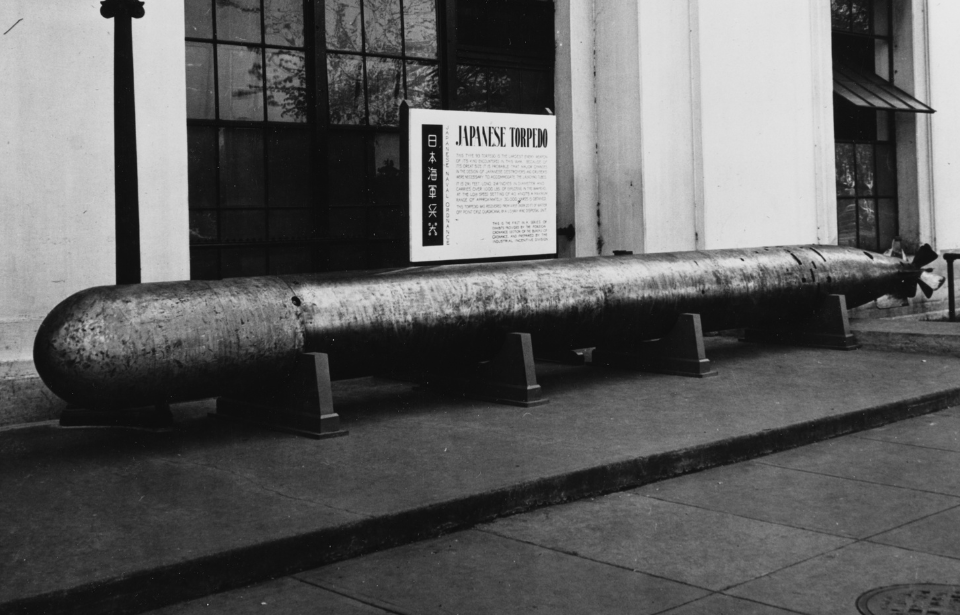The Type 93 torpedo was developed by the Imperial Japanese Navy (IJN) during the interwar period and became the most advanced and superior torpedo of the Second World War. Nicknamed the “Long Lance,” it used oxygen and was inspired by Britain’s 24.5-inch torpedo. Before the Allies understood what the IJN had developed, their battleships were bombarded with those fired from the enemy’s smaller warships.
Type 93 torpedo specs
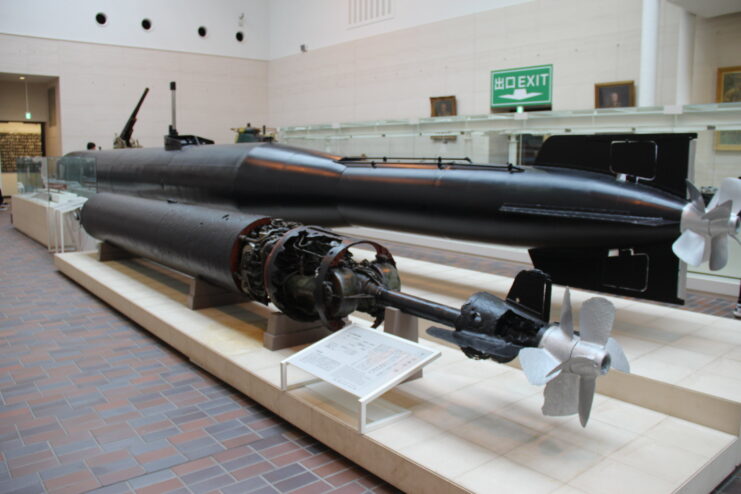
The Type 93 torpedo was significantly larger than those used by the US Navy, measuring 29.5 feet. It was determined a longer torpedo had more efficient hydrodynamics and its extended length certainly utilized this. Given its overall size, the weapon weighed more than 6,000 pounds and had a diameter of 24 inches.
Its size allowed for the Type 93 to carry a highly explosive warhead that weighed over 1,000 pounds. Delivered at over 40 knots, that’s enough for a single torpedo to split a US destroyer in half. The official maximum performance of the Type 93, as stated by the IJN, was 11 kilometers at 42 knots.
Compressed oxygen made the Type 93 torpedo superior
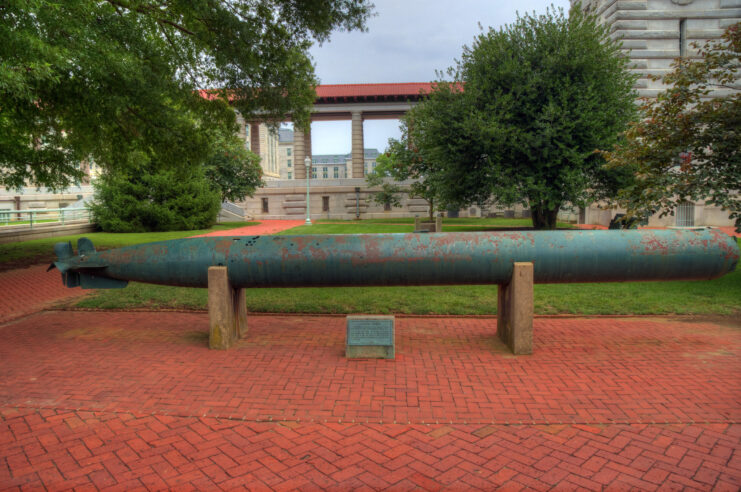
The IJN knew they needed to invest in their torpedo program, as it was the only weapon that would afford their smaller warships a chance against the US Navy’s fleet. As such, they began looking into using compressed oxygen as the fuel oxidizer in the torpedo’s propulsion system.
By using pure oxygen, the Type 93 torpedo’s range was greatly increased, without having to change the tank volume. Additionally, there was an absence of nitrogen, which reduced emissions after firing. As a result, the weapon produced very little in the way of bubble trails, benefitting the IJN even more at sea.
With all of the benefits of compressed oxygen came its drawbacks. The combination of pure oxygen and kerosene was extremely dangerous to work with. Through several tests and accidental explosions, researchers were able to make its use slightly safer by starting the engine with compressed air and then slowly introducing oxygen.
Significant safety and operational training had to be provided for those who’d work with the torpedoes at sea, with it introduced into service in the mid-1930s.
Dangerously sensitive
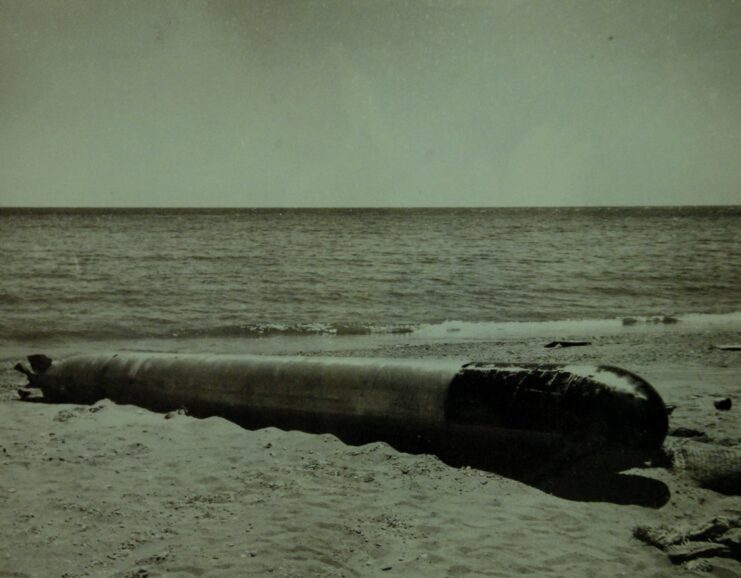
There was one very big problem when it came to equipping IJN warships with the Type 93 torpedo: the weapon was extremely sensitive. Unlike TNT, the explosive warhead used on the torpedo was far more likely to detonate as a result of shock.
American air strikes became more frequent over the course of the war, and, oftentimes, Japanese captains found themselves having to decide whether to jettison their Type 93s during these attacks, due to the risk of them exploding before being fired.
Despite this drawback, the IJN believed the torpedo’s benefits far outweighed its risks, so nearly every warship was equipped with the powerful weapon.
It took a while for the Allies to discover the Type 93 torpedo
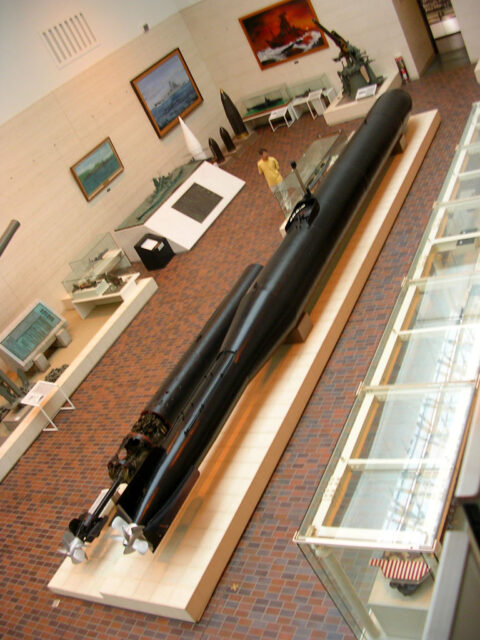
Work on the Type 93 torpedo was kept secret by the IJN – so much so that the Allies had no idea about them until the later years of World War II.
In the US Navy, captains were trained to sail their ships in a zigzag maneuver when in range of enemy torpedoes. Due to its long range, the Type 93 was capable of striking American vessels that weren’t zigzagging, as the Japanese ships were thought to be too far away.
The weapon could strike ships from as far as 20 kilometers away, 10 more than the understood range of torpedoes. This led the Allies to initially believe they were being fired at by undetected Japanese submarines or that they’d crossed over naval mines.
The US first learned of the Type 93 torpedo when they analyzed the wreck of the Japanese destroyer Kikuzuki in 1943. However, even though they identified the new type of torpedo, they didn’t discover the oxidizer. As such, they continued to be unaware of the extended range of the Type 93.
The Allied forces wouldn’t discover the new propulsion technology until February 1944.
Use of the Type 93 torpedo in battle
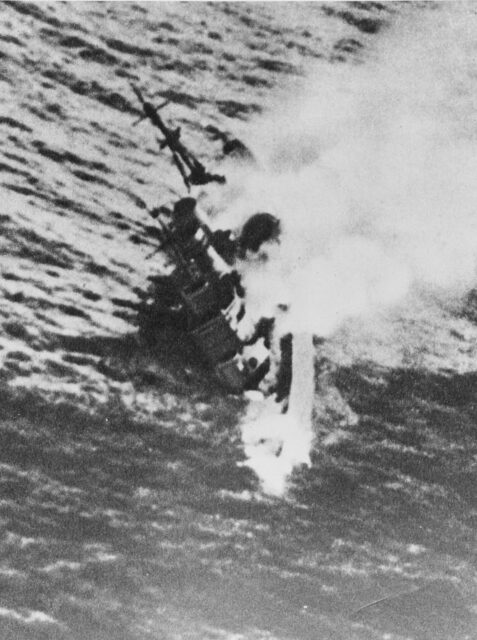
One of the first engagements that saw the use of the Type 93 torpedo was the Battle of the Java Sea. On February 27, 1942, the IJN were victorious in defeating the Allies using their superior torpedoes. They inflicted heavy losses, which were replicated during the Second Battle of the Java two days later, with both engagements resulting in the complete loss of eight vessels. The majority of these were attributed to the Type 93.
On August 9, 1942, the IJN engaged with US and Australian naval forces in the Battle of Savo Island. It was their response to the Allied amphibious landings that occurred in the eastern Solomon Islands, with the Japanese forces under the command of Vice Adm. Gunichi Mikawa.
Attacking at night, the task force surprised the Allies, firing their torpedoes and quickly causing damage to the USS Chicago (CA-29) and HMAS Canberra (D33). Within five minutes, Chicago’s bow was missing and Canberra had been sunk. The Japanese continued their attack, claiming three more American cruisers: the USS Vincennes (CG-49), Quincy (CA-39) and Astoria (CA-34). Following this, the IJN retreated back to Rabaul, New Guinea.
Effectiveness of the Type 93 torpedo
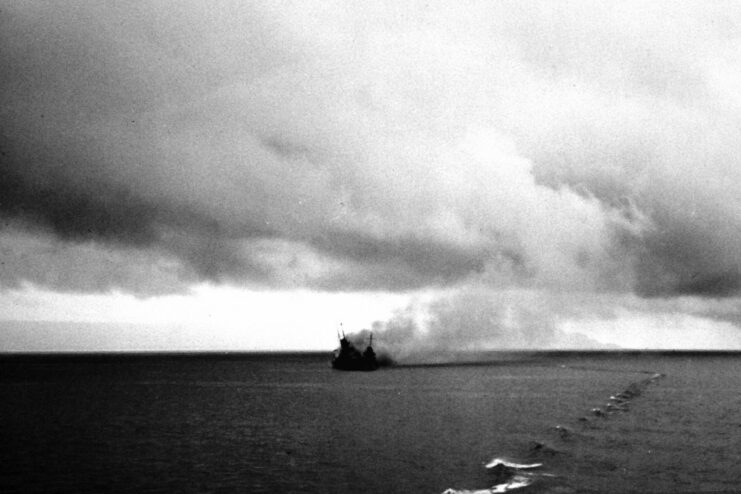
As the war in the Pacific Theater continued, so, too, did the use of the Type 93, with the torpedo being equipped during other notable battles. Over the course of the conflict, the weapon contributed to the sinking of 22 Allied vessels.
More from us: A Panicked Crewman Led to the Loss of 99 British Lives Aboard the HMS Thetis (N25)
Want War History Online‘s content sent directly to your inbox? Sign up for our newsletter here!
Several examples of the Type 93 remain and have been put on display. Those looking to see one in person can do so at the US Naval Academy in Annapolis, Maryland; the USS Arizona Memorial at Pearl Harbor, Hawaii; and the Yūshūkan museum in Tokyo, Japan, among other locations.
